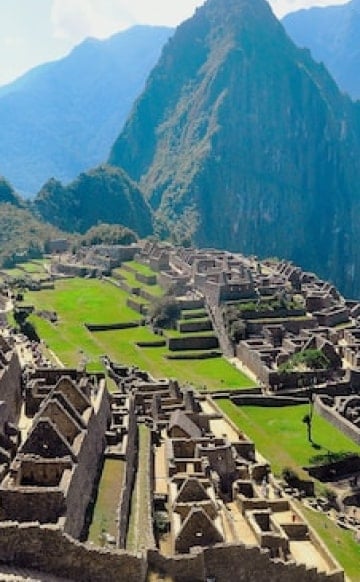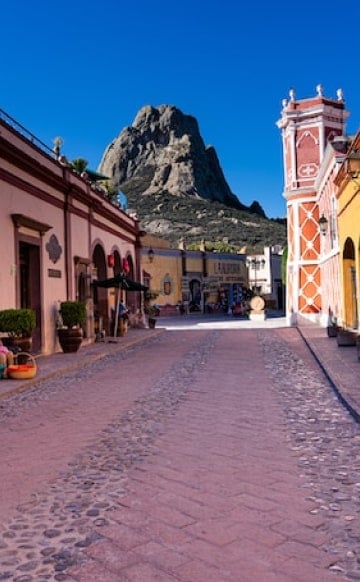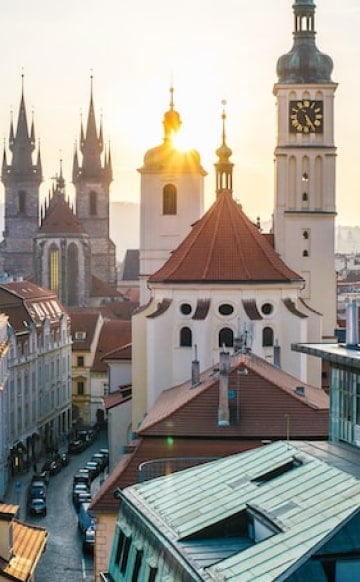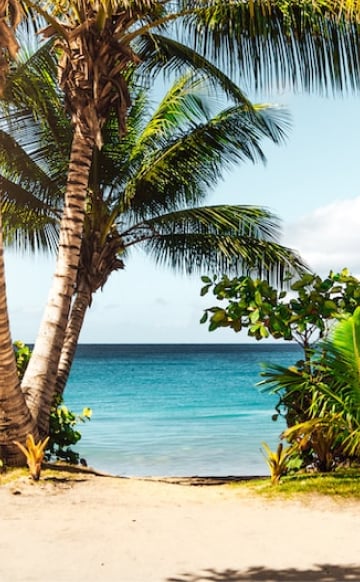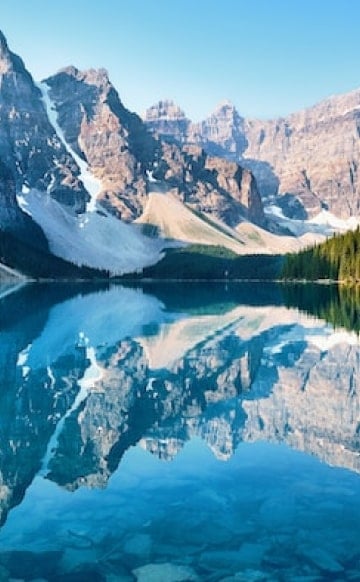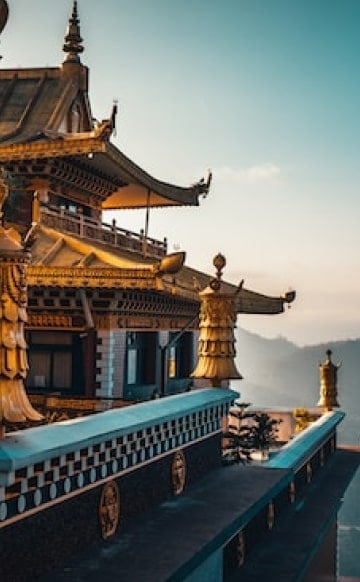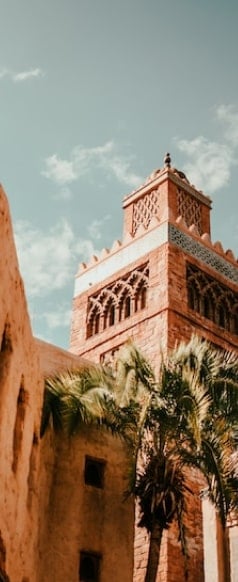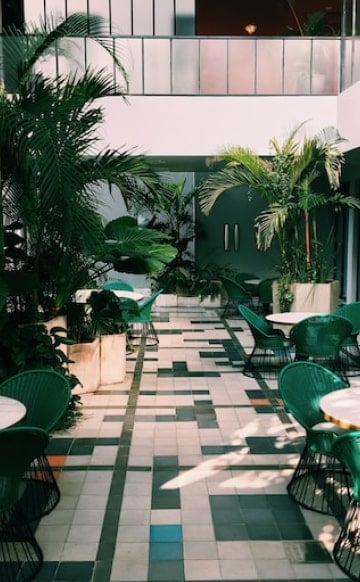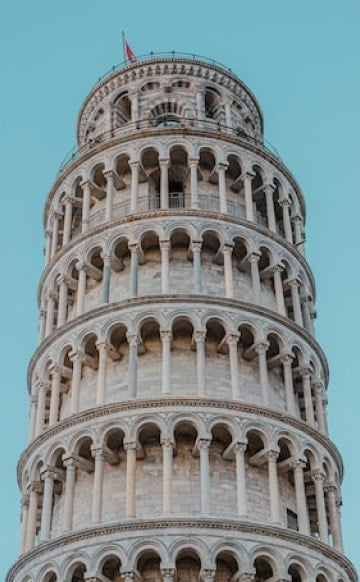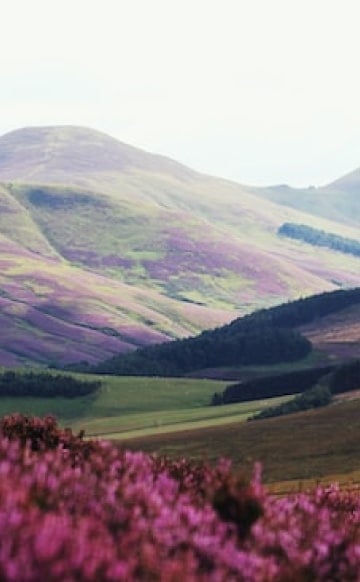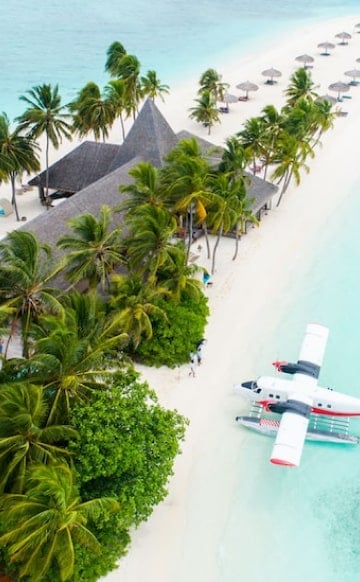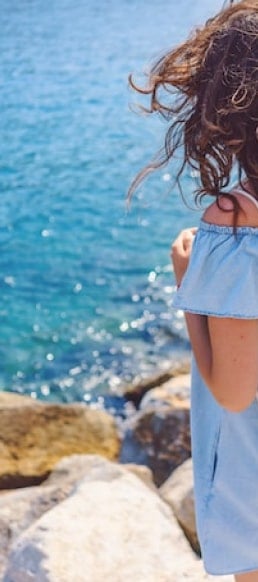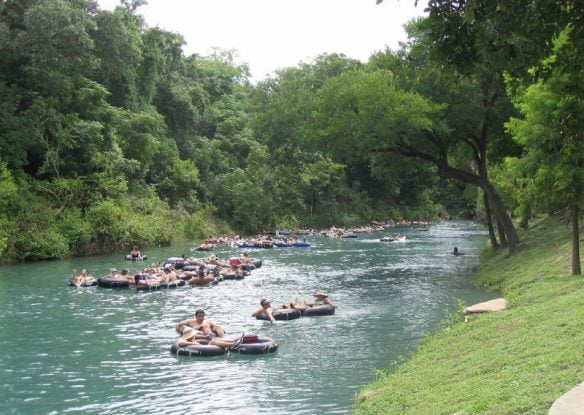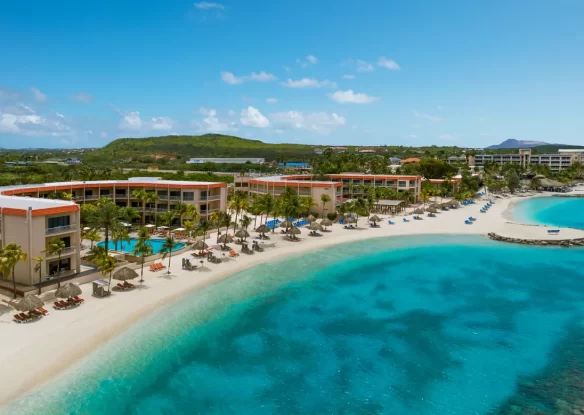One of Europe’s most beautiful countries, Croatia is not only home to the breathtaking coastline and countless beautiful islands, but many villages and towns that look as if they’ve come straight from the pages of a storybook. Many are fortified, with narrow cobbled streets meandering through historic Old Towns and some sit atop hills reminiscent of Tuscany’s picturesque scenery. If you’d like to experience some of the most alluring, be sure to add at least a few of these destinations on your must-visit list.

Korcula
One of the best places to visit in Croatia, Korcula Island is said to be the birthplace of international explorer Marco Polo, located in the central Dalmatian archipelago, linked to the mainland by a regular ferry service. The Old City in Korcula Town is surrounded by medieval stone walls with its cobblestone streets lined with impressive Venetian-Gothic buildings like St. Mark’s Cathedral. You’ll see Venetian influences throughout while exploring, along with unique locally owned shops, galleries and countless eateries serving traditional Croatian fare.

Stari Grad, Hvar
This fairytale-like town on Hvar Island is one of the oldest in Europe, founded back in 400 BC. Well preserved, this UNESCO-listed site has cobbled streets, lovely stone homes, fabulous tucked-away eateries, arts and crafts shops and boutiques. Enjoy strolls along the waterfront and then navigate through the web of Old Town streets. If you like wine, be sure to visit family-run Hora Winery (open May 1st to October 1st) for a unique wine tasting experience. You’ll not only be able to sample the wines but the olive oils that are produced here, including herb-infused options made with home-grown lavender.

Groznjan
Grožnjan is an Istrian hilltop town popular for its art and music. When you step through its main gate, located on the eastern side of the walled town, you’ll truly feel as if you’re stepping back into medieval times. The stone houses are packed tightly in and the cobbled streets are car-free while alleyways crookedly meander throughout and cats slink by at every turn. There are lots of artist studios to explore, gorgeous views of vineyards and olive groves, and multiple summer music festivals to attend while the sea is just a 10-minute drive away.

Motovun
Motovun is a beautiful walled hilltop town in the Mirna Valley that looks like something out of a dream. The surrounding landscape is often compared to Tuscany while being renowned for its abundant truffles found in the forest at its base – the world’s largest was uncovered right here. The delicacy can be found on many menus here and throughout the Istrian region, often combined in creative dishes from pasta to mini-cheesecakes with shaved truffles. Truffle hunting excursions are available if you want to join the experts and their specially trained dogs, and many include a lesson on how to prepare truffles as well as the chance to sample a dish made with them. Little shops in town sell everything from truffle balsamic vinegar and truffle olive oil to truffle salt, delicious on popcorn.

Pucisca
The island of Brac is home to one of Croatia’s prettiest villages, Pucisca. This small town lies on the northern coast, known for its quarries and stone. The glistening white stone is indigenous to the island – the local homes which sit alongside impressive Baroque buildings and Renaissance palaces are made from it and the stone has even been used to build ancient Roman palaces and many notable landmarks like the White House in Washington, DC. The only stonemasonry school in the country is located on Brac too, with the students specializing in using traditional tools to carve sculptures from the local limestone.

Rab
Rab, the so-called “island of love” sits off the northern coast in Kvarner Bay and is one of the Adriatic’s greenest islands. Rab Town is enclosed by ancient city walls, the very place where King Edward VIII famously brought his new wife Wallis Simpson, shed all his regal attire and jumped into the turquoise sea to join in the nudist-friendly tradition here. You’ll find lots of historic delights here among the terracotta roofs and church towers. Discover a 16th-century monastery, Romanesque churches and more. Don’t miss sampling the island’s signature traditional sweet developed by nuns years decades ago: Rab cakes.

Trogir
Trogir is one of the most well-preserved medieval towns in all of Europe, set along the Adriatic coast near the city of Split. It has a picturesque seaside promenade ideal for strolling while enjoying views of the lavender covered hills. Explore the winding, narrow, ancient streets to discover hole-in-the-wall restaurants and hidden art galleries, and marvel at the magnificent buildings date back to the 13th through the 15th centuries. There are Roman ruins, lots of Romanesque and Renaissance architecture and a stunning Venetian Cathedral.

Valun
Valun is located on the least developed island in Croatia, Cres, which has a very small population and a ton of impressive beauty from remote wilderness terrain with hills covered in oak forests, majestic cliffs, olive groves, vineyards and pristine beaches. There are abandoned hamlets, crumbling hilltop towns and this small enchanting village with lots of outstanding restaurants that serve fresh fish and other seafood. It’s also home to the 9th-century Valun Plate, an important historical artifact located at the wall of the Parochial Church of St. Mary.

Mali Lošinj
Located on Losinj Island, once an important maritime and commercial center, and the Adriatic’s largest island town today, it’s home to an atmospheric historic quarter and a pretty natural harbor with a broad promenade along with pastel-hued Mediterranean architecture. Visit the Museum of Losinj that sits within the 19th-century Fritzi Palace, displaying Italian baroque and modern Croatian paintings, and the Museum of Apoxyomenos which showcases a well-preserved bronze statue of an athlete, recovered from the sea bed that dates to sometime before the year 2 BC.

Lubenice
This tiny village, much of it abandoned, sits on a 378 m high cliff, above Sveti Ivaan Beach, one of the country’s most beautiful stretches. The ancient fort city on the island of Cres was founded some 4,000 years ago. While there are 40 buildings here, only seven permanent residents remain, but it’s well worth a look and enjoying lunch with a konoba (restaurant) here that serves local Cres lamb, considered the best in Croatia.

Vrbnik
Located on Krk Island, Vrbnik is home to the world’s narrowest street, only about 17 inches wide at its narrowest stretch, which means even the slimmest people can have a tough time squeezing through. But there’s a lot more to experience here than its famous street. There are many magnificent buildings and meandering paths to explore in this ancient stone-built town that seems to rise from the sea becoming immersed in the blue skies above. You’ll find ancient ruins to explore and beautiful beaches set within hidden coves. One can be found behind the pier – keep an eye out for the tiny entrance in the rocks leading to Pod Kovač.

Novigrad
This enchanting harbor town is surrounded by 13th-century walls, and once you walk inside, you’ll discover numerous historic buildings, including impressive churches like St. Pelagius which was originally built during Roman times and houses an underground crypt. Nearby on the Karpinjan peninsula, are the ruins of a mid-18th century baroque palace and the Roman site of Dajla with its remains of a harbor and settlement that were uncovered other centuries-old buildings. The surrounding natural beauty brings opportunities for all sorts of outdoor adventure too, including diving, surfing, windsurfing, hiking and biking.

Kumrovec
Located in northern Croatia, Kimrovec sits along the Sutla River and was the birthplace of Tito, the Yugoslavian communist leader. Today, it’s a well-preserved ethno village that provides a walk back through time around the turn of the 20th-century, including Tito’s memorial house and other homes that provide a glimpse of authentic village life during this period. There’s a gift shop and a restaurant here as well.

